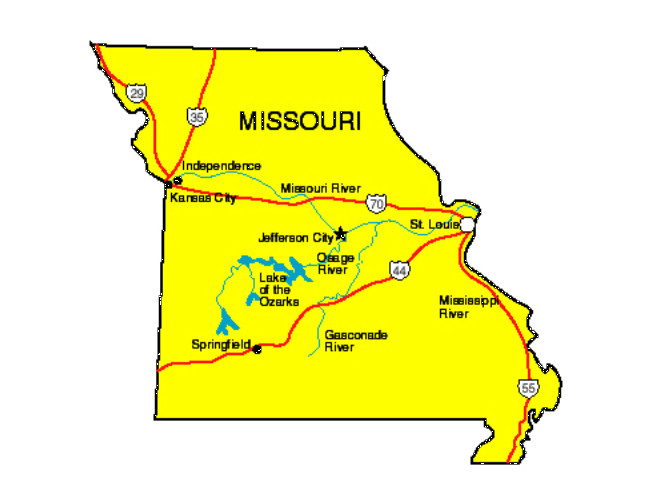
Analyzing
Pulling in details to give the best answer
Writing article on turkey hunting in Missouri
I’m tasked with creating a blog article based on the Missouri Wild Turkey Harvest and Population Status Report for 2024. I'll focus on how the data impacts turkey hunting in the state. This means summarizing population trends by region, brood survey improvements, harvest changes, and new rules like private land all-day hunting and the fall season restructure. I'll highlight the increased poult numbers in 2023 and how that might affect hunting strategies for hunters next spring and fall. I’ll tie in relevant data from the report where needed.
Thought for 9 seconds
Missouri’s 2024 Turkey Status Report — What It Means for Your Hunts
Missouri’s newest Wild Turkey Harvest and Population Status Report is packed with good news—and a few cautions—for Show‑Me‑State hunters. Below is a plain‑language breakdown of the numbers and trends, plus what they mean when you’re scouting birds or deciding where (and when) to burn vacation days this season.
1. Brood Production Is Finally Climbing
The statewide poult‑to‑hen ratio (PHR) jumped to 1.4 in 2023—46 % higher than 2022 and well above the 5‑, 10‑, and 20‑year averages. That uptick was universal across every region except the Lindley Breaks, which merely held steady.
Mississippi Lowlands (PHR 2.6) and Ozarks East (PHR 2.2) led the rebound, signaling strong nest success and poult survival in areas that traditionally lag behind.
Why it matters: Better production in 2023 means more jakes on the landscape this spring and a healthy crop of 2‑year‑old longbeards in 2025. If you hunt spots that were quiet a year or two ago, expect more gobbling at fly‑down this season.
2. Populations Are Mostly Stable—or Growing
| Region | 5‑Year Trend | 10‑Year Trend | Take‑home for Hunters |
|---|---|---|---|
| Lindley Breaks | Up | Stable | Birds rebounding after a mid‑2010s dip. |
| Mississippi Lowlands | Up | Up | Low numbers overall but improving fast—great for adventurous hunters. |
| Northeast & Northwest | Slight up | Stable | Expect average but consistent action. |
| Ozark Border | Slight up | Down | Good right now, but keep an eye on habitat quality. |
| Ozarks East & West | Stable → Up | Stable/Down | 2024 harvest jumped; these hills should stay hot. |
| Union Breaks | Up | Stable | Quiet no more—worth a look. |
| West Prairie | Stable | Down | Birds still thin; scout hard or look elsewhere. |
3. 2024 Spring Harvest Nudged Higher
Hunters tagged 47,097 turkeys in the 2024 youth + regular spring seasons—6 % more than 2023 and 20 % above the five‑year average.
Permit sales rose 5 %, and the new private‑land all‑day hunting rule paid off: about 10‑15 % of birds were taken after 1 p.m.
Why it matters: Afternoon hunts—especially short mid‑week sits—are now well worth your time on private ground. If your birds vanish at noon, give them a couple of hours and strike again later.
4. Big Changes Coming to Fall Seasons
The firearms and archery tags are merging into one Fall Turkey Hunting Permit with a two‑bird combined limit (method of take no longer matters).
MDC hopes the change reduces incidental hen harvest by deer bow‑hunters while still letting die‑hard fall turkey fanatics chase birds in both portions of the season.
Hunter tip: If you traditionally arrowed two birds and shot two with a shotgun, plan for just two total this fall.
5. Safety & Hunter Recruitment Trends
Only one non‑fatal incident occurred in spring 2024—proof that turkey hunters continue to police themselves well.
Youth participation climbed 9 % over 2023, thanks in part to extended shooting hours that let kids hunt after school.
Why it matters: More kids in the woods today equals more advocates—and more future land‑access opportunities—for tomorrow.
Practical Takeaways for 2025 Planning
Scout Oak Edges & Mixed Fields. Regions with the biggest PHR bumps (Lowlands, Ozarks) are often a patchwork of hardwoods and openings where insects—and poults—thrive.
Keep Afternoon Slates Handy. The new sunset closing time on private land turned latent gobblers into bonus birds. Glass fields at 3 p.m. and be ready.
Balance Pressure. Counties such as Franklin, Callaway, Texas, and Boone topped 700–1,000 birds harvested. Great places, but consider neighboring counties with rising numbers to avoid competition.
Tag Strategy for Fall. Decide early whether you’ll focus on one big flock break with a shotgun or slip an arrow through a bonus bird—because you no longer get to do both.
Watch the Weather, Not Just the Calendar. The research arm of MDC is logging how rain, heat, predators, and insects influence nest success. Warm, dry springs like 2023 can flip a “slow” region fast.
Bottom Line
Missouri’s turkey population isn’t roaring back to early‑2000s highs, but the trend lines are finally pointing up. With stronger brood success, modest harvest increases, and hunter‑friendly rule tweaks, the next couple of seasons look promising—especially if you adapt to new afternoon opportunities and shifting regional hot spots.
Sharpen those strikers, practice that soft yelp, and be ready: 2025 could be the loudest Missouri spring you’ve heard in years.
